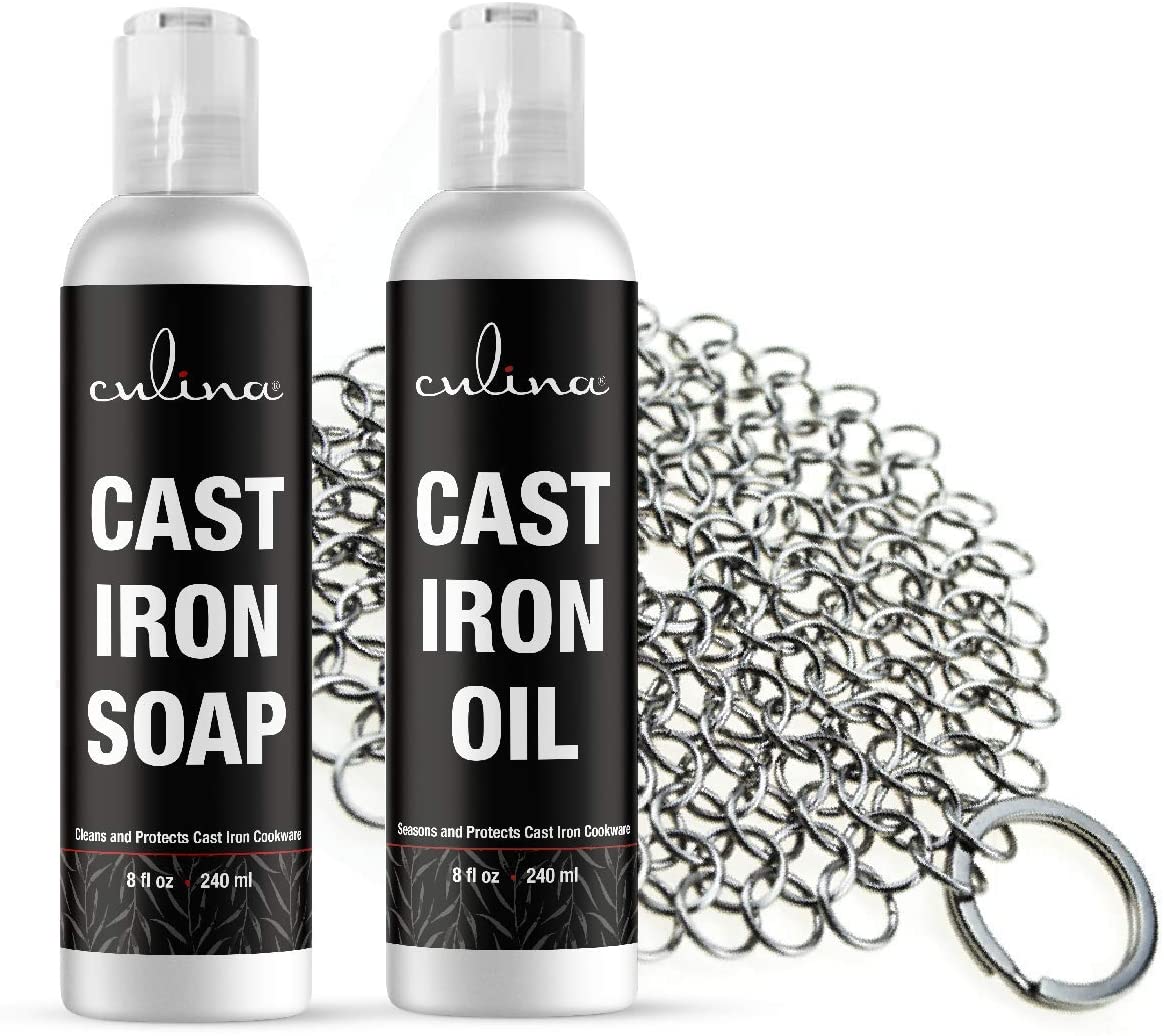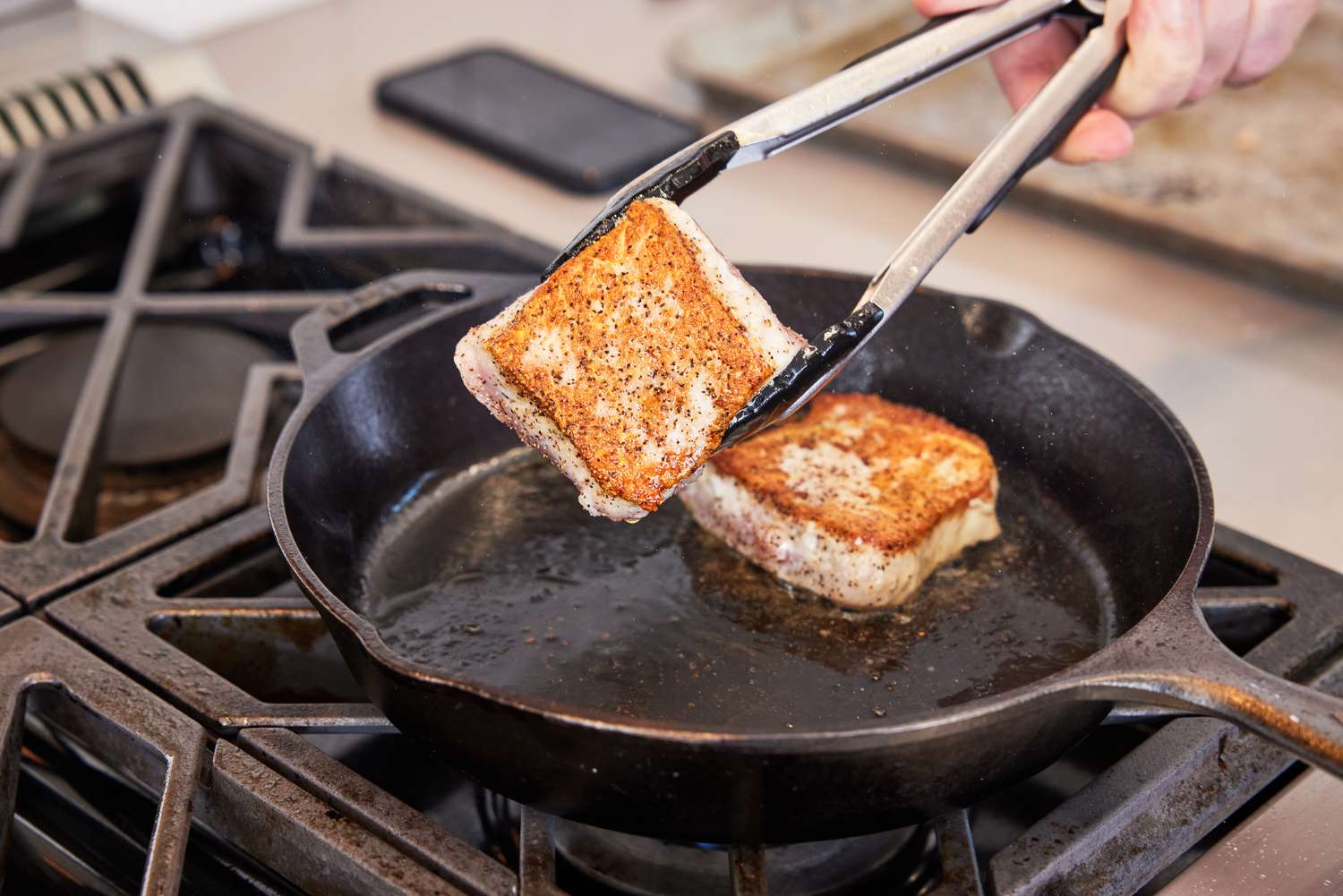As kitchen enthusiasts, understanding the intricacies of our cookware is essential. One common question that arises is how to know if a skillet is oven safe. This critical concern ensures that our culinary creations are not only delicious but also prepared safely.
In this guide, we will delve into multiple aspects that help determine if your skillet can be safely used in the oven. Whether you are a professional chef or a home cook, these tips will be tremendously valuable.
Additionally, we will cover the types of materials, different manufacturing brands, and general safety practices to follow in the kitchen. Ensuring your skillet is oven safe can prevent potential hazards and enhance your cooking experience. Moreover, knowing your skillet’s capabilities opens doors to a variety of recipes, making your culinary journey more delightful.
For more detailed insights into other cast iron wonders, check out our recipe pages on chicken thighs, making chili, and storing cast iron.

The Importance of Oven-Safe Skillets
Why It Matters
Knowing if a skillet is oven safe is not just about convenience. It directly impacts the safety of your cooking environment. Using a non-oven safe skillet can result in damage to the cookware and can pose serious risks including toxic fumes from certain materials.
Common Materials Used in Skillets
Skillets come in various materials. Some are oven safe; others are not. Here are common materials used:
- Cast Iron
- Stainless Steel
- Non-stick
- Aluminum

Identifying Oven-Safe Materials
Cast Iron
Cast iron skillets are renowned for their durability and oven-safe properties. These skillets can handle high temperatures, making them ideal for various cooking methods, including baking and broiling.
Stainless Steel
Stainless steel skillets are also typically oven safe. They can withstand high temperatures and provide even heat distribution.
Non-stick
Non-stick skillets are more complex. Some are oven-safe, but only up to a certain temperature. Always refer to the manufacturers guidelines.
Aluminum
Aluminum skillets vary widely. Some are oven safe, while others are not. It’s essential to check for specific oven-safe indicators on the cookware.

Recognizing Oven-Safe Indicators
Manufacturer Stamps and Labels
To identify if your skillet is oven safe, look for manufacturer stamps and labels. These often provide the maximum temperature the skillet can withstand.
Heat-Resistant Handles
The handle’s material is crucial in determining if the skillet is oven safe. Oven-safe skillets often have heat-resistant handles made of metal rather than plastic.
Instruction Manuals
Always refer to the instruction manual accompanying your skillet. These manuals offer detailed information on the skillet’s capabilities and limitations.
General Safety Practices
Preheating the Oven
Before placing your skillet in the oven, ensure the oven is preheated to the desired temperature. This practice helps avoid sudden temperature changes that could damage the skillet.
Using Oven Mitts
When handling the skillet, always use oven mitts to protect yourself from burns. Metal handles can become extremely hot and pose a burn risk.
Avoiding Thermal Shock
Thermal shock occurs when there is a sudden change in temperature. To prevent this, allow the skillet to cool down gradually before washing it. Never immerse a hot skillet in cold water immediately.
Brand-Specific Insights
Lodge Skillets
Lodge is known for its cast iron skillets, which are typically oven safe. They can handle high temperatures and are perfect for a variety of cooking methods.
Calphalon Skillets
Calphalon offers several oven-safe options. However, always check specific product guidelines to ensure oven safety.
Cuisinart Skillets
Cuisinarts stainless steel and hard anodized aluminum skillets are largely oven safe. Refer to the manual for temperature limits.
Testing Your Skillets Oven Safety
Heat Resistance Test
Conduct a heat resistance test by placing the skillet in a preheated oven at a moderate temperature. Observe any changes to the skillet, handle, or non-stick coatings.
Handle Temperature Test
Check if the handle becomes excessively hot. If it does, it may not be entirely oven safe.
Professional Advice
Consult with a professional or the skillet’s manufacturer if you have any doubts regarding its oven safety.
Conclusion: Enjoying Oven-Safe Cooking
Understanding how to know if a skillet is oven safe empowers you to use your kitchen tools effectively and safely. By following the guidelines and safety practices discussed, you can confidently use oven-safe skillets to create delicious and varied dishes.
For more information on maintaining your kitchen tools, check out this article on how to properly season and clean cast iron skillets.
FAQs
How can I tell if my skillet is oven safe?
Check for manufacturer labels and the material of the handle. Refer to the user manual for temperature limits.
Can non-stick skillets go in the oven?
Some can, but they usually have a temperature limit. Always check the manufacturers guidelines.
What happens if I use a non-oven safe skillet in the oven?
Using a non-oven safe skillet can damage the cookware and release harmful fumes.
As an Amazon Associate, I earn from qualifying purchases.

